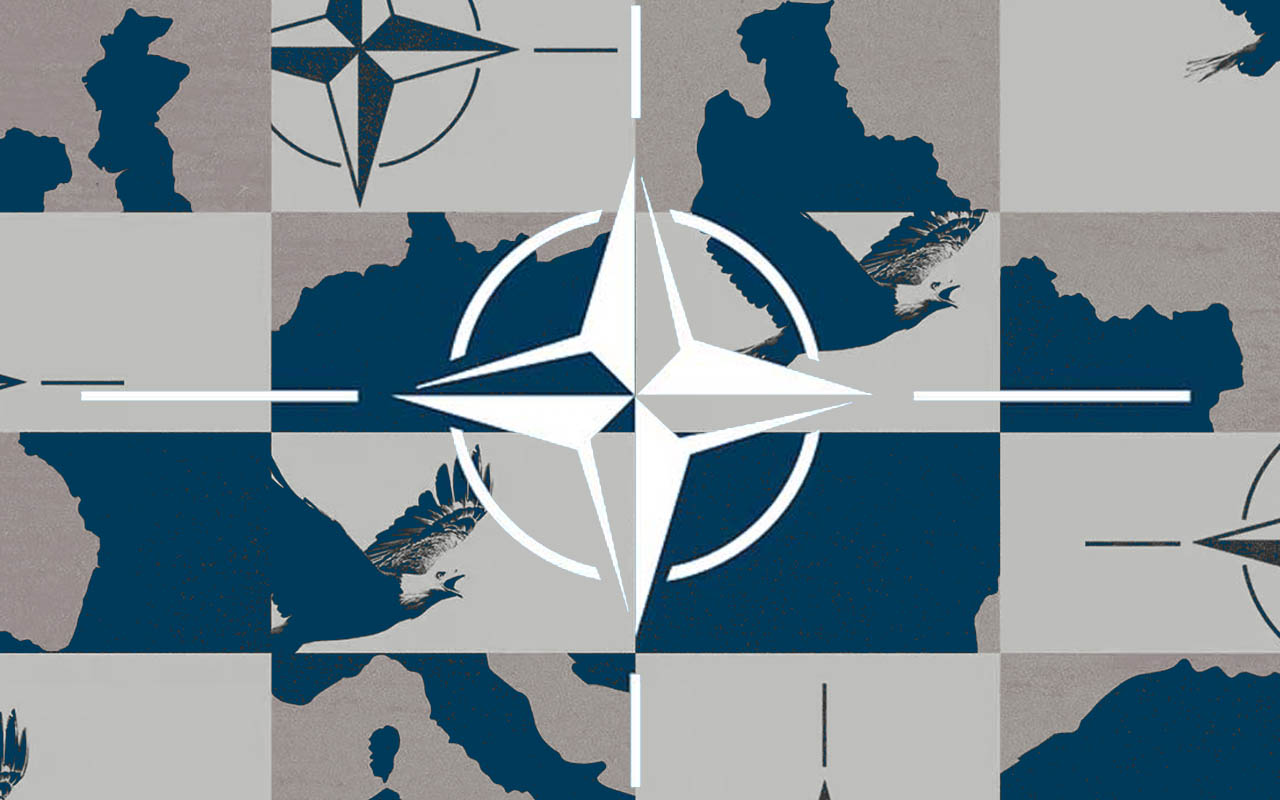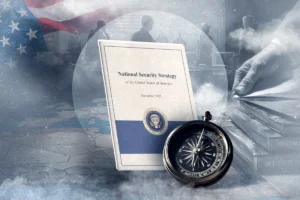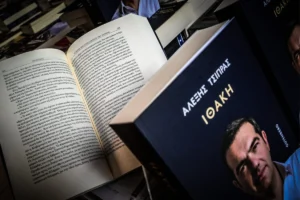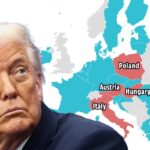NATO at the crossroads and NATO’s Uncertain Future NATO, the cornerstone of Western military power since its inception in 1949, stands at a pivotal moment. Rumours of the United States potentially withdrawing from NATO members who joined after 1990 have sparked intense debate about the alliance’s future.
These rumours, first reported by the German newspaper BILD and echoed by the Financial Times, suggest that the US may reduce its commitments to Eastern European nations, including the Baltic states—Lithuania, Latvia, and Estonia.
If true, this would fundamentally reshape NATO and potentially signal the end of the alliance as we know it. The implications are profound, as NATO was originally formed to counter Soviet influence and later adapted to contain Russian power. With the Ukraine conflict continuing to test NATO’s unity and purpose, questions arise about the alliance’s future direction and relevance in the current geopolitical landscape.
NATO’s Original Purpose and Its Evolution
NATO was established to counter the Soviet Union’s influence during the Cold War. After the collapse of the Soviet Union, NATO continued its eastward expansion, incorporating former Warsaw Pact nations and bringing the alliance closer to Russia’s borders. This expansion, viewed by Russia as a direct threat, contributed to rising tensions that culminated in the ongoing Ukraine conflict.
An analyst summarised this trajectory, stating, “NATO gradually expanded towards Russia, absorbing country after country. The conflict happened, Russia won, and the existence of NATO, which is 70% on the back of the United States, no longer has a purpose—at least not for the US.”
With the Cold War long over, NATO faces questions about its purpose and relevance. Some argue that NATO’s original mission has been accomplished, and the alliance should either adapt or dissolve. Others believe NATO should remain a pillar of Western security, but with a renewed focus that reflects current geopolitical realities.
Rumours of US Withdrawal: Fact or Fiction?
The rumours about the US potentially withdrawing from NATO members who joined after 1990 have stirred significant concern. If accurate, this move would expose Eastern European nations to Russian influence and fundamentally weaken NATO’s strategic position. However, no solid evidence has been provided to confirm these rumours.
Senator Marco Rubio has made statements suggesting a shift in US foreign policy, but his credibility has been questioned. Critics argue his comments are more about political posturing than actual policy intentions, pointing out the inconsistencies in his messaging. As one observer noted, “Rubio said it, so it must be true? We want to believe it, so it must be true?”
Despite the speculation, the US is actively encouraging NATO members to increase their defence spending, with proposals to raise it from 2% to 5% of GDP. This suggests that the US is not abandoning NATO but instead wants Europe to bear a greater share of the financial burden. At the same time, the US is expanding its military-industrial base, indicating preparations for future conflicts, possibly against adversaries like China.
The Ukraine Conflict: NATO’s Role and Challenges
The ongoing conflict in Ukraine has exposed the strategic challenges facing NATO. Critics argue that NATO’s expansion towards Russia was a key factor in triggering the crisis, describing it as “a gun pressed to Russia’s head causing this conflict in the first place.” This viewpoint suggests that NATO’s actions were perceived as an existential threat by Russia, leading to the current geopolitical standoff.
At the Munich Security Conference, Western leaders emphasised continued support for Ukraine. However, their rhetoric revealed strategic contradictions. For example, President of Finland Alexander Stubb stated that a ceasefire was necessary, but admitted it would be used to build up Ukraine’s military—essentially prolonging the conflict. This admission exposes NATO’s strategic objective: not just peace but maintaining leverage over Russia.
Furthermore, allegations of deception have surfaced, with former German Chancellor Angela Merkel and former French President François Hollande admitting that the Minsk Agreements were never meant to be implemented. Instead, they were used to buy time to arm Ukraine. This revelation has damaged NATO’s credibility and fuelled Russian claims of Western duplicity.
A Fractured Alliance: Internal Divisions and Strategic Dilemmas
NATO’s internal divisions are becoming more apparent. The Munich Security Conference highlighted growing discord among member states about the alliance’s strategic direction. While Eastern European nations demand stronger security guarantees, Western European countries are more cautious, wary of provoking Russia further.
Moreover, NATO’s dependence on US military power—accounting for 70% of its defence capability—raises questions about the alliance’s sustainability. If the US were to reduce its commitment, NATO would struggle to maintain its current level of military readiness.
This strategic dilemma is compounded by political challenges. The Biden administration is urging NATO members to increase their defence budgets, but economic pressures and public scepticism make this a difficult sell. Meanwhile, anti-NATO sentiments are growing in some European countries, further complicating the alliance’s future.
NATO’s Future: Collapse, Transformation, or Continuity?
Given the internal divisions, strategic contradictions, and geopolitical challenges, NATO stands at a crossroads. If the rumours of US withdrawal are true, NATO could face an existential crisis. As one analyst put it, “If the US is ready to withdraw from NATO member states that joined after 1990, NATO can officially be declared dead.”
Alternatively, NATO could transform into a more European-focused military alliance. This would require substantial political will and increased defence spending from European nations, potentially rebranding NATO as a regional security organisation rather than a global military bloc.
However, NATO could also continue in its current form, albeit with strategic adjustments. This would involve re-evaluating its mission, redefining its relationship with Russia, and balancing US and European interests.
Conclusion: A Defining Moment for NATO
NATO’s future is uncertain, shaped by shifting geopolitical dynamics, internal divisions, and strategic dilemmas. The alliance must confront fundamental questions about its purpose, relevance, and structure.
If the US reduces its commitment, NATO could face a strategic vacuum, forcing Europe to rethink its security architecture. However, if NATO adapts and evolves, it could continue to play a crucial role in maintaining international security.
Whether NATO collapses, transforms, or continues as a redefined alliance, its future will significantly influence global power dynamics. The next few years will be crucial in determining whether NATO remains a cornerstone of Western security or becomes a relic of the Cold War era.












